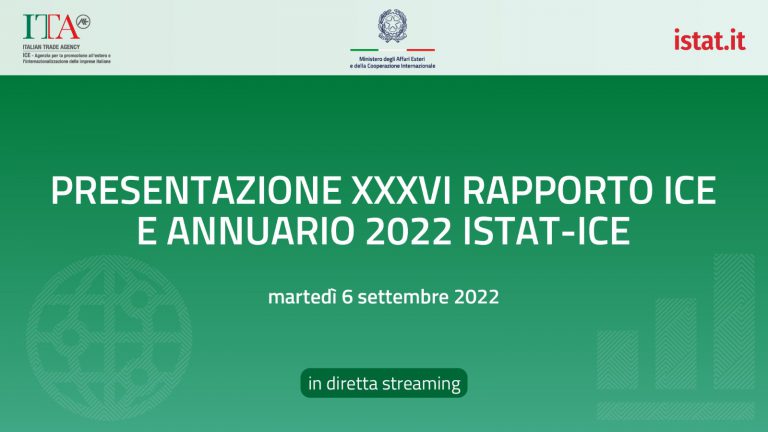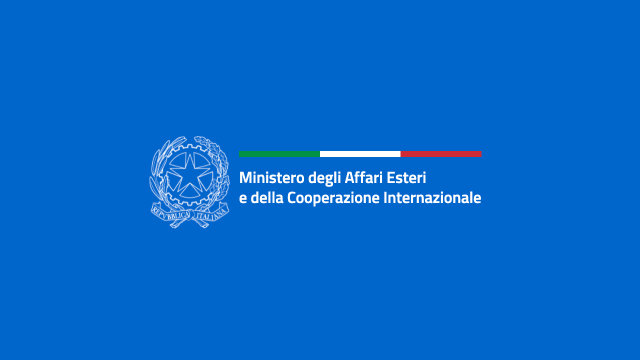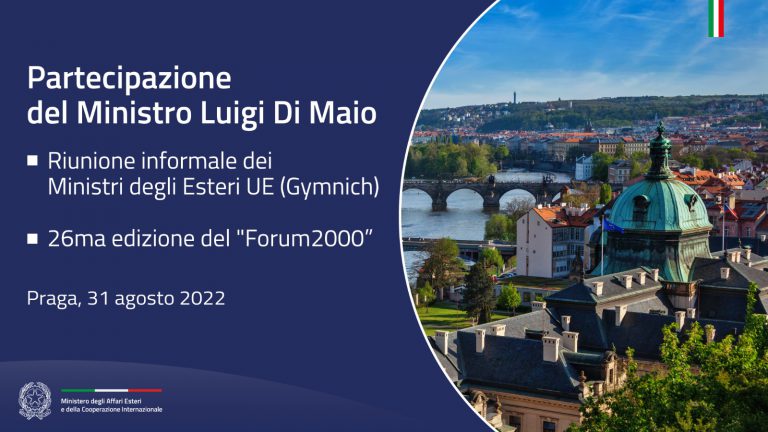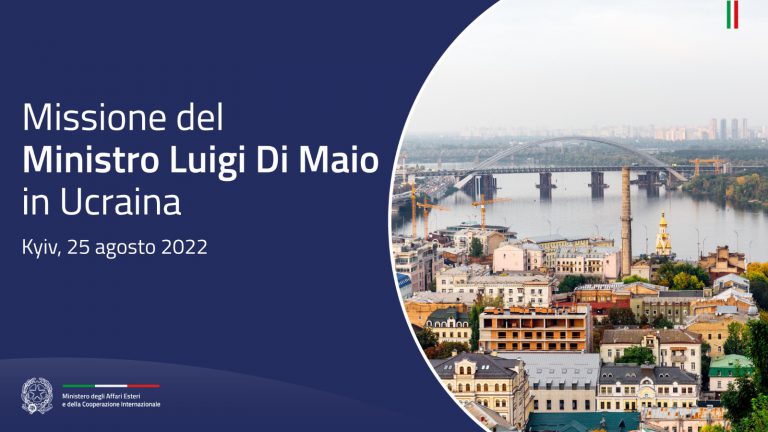The Trieste Summit is bound to be a fundamental step for the six Western Balkans Countries that wish to access the EU. Much work will have to be done, but the premises and infrastructure, commercial, social or cultural projects that will be offered to them will contribute to create an inter-regional bond conducive to also healing the painful divisions of the past. It will not be easy to turn Trieste into a key phase in this process, as the Minister of Foreign Affairs and International Cooperation Angelino Alfano underlined, but Italy has already been working on it for some time now, strong of its in-depth knowledge of the Balkans region.
Could the Trieste Summit be a turning point for the Western Balkans Countries on their path to access the EU?
The months to come will tell us whether the Summit was a turning point or not. It will also depend on the work and political determination we will be able to mobilise. I have no doubts that it will be a milestone in the rapprochement process. At the Summit we intend to reconfirm the unequivocal European prospect of the Western Balkans and tell them that the door to Europe remains open. Obviously, there is a process to complete, reforms to adopt, but the final result cannot but be the sharing of a common destiny. The situation in the region is rather unstable. The Prime Minister of Albania, Rama, spoke of the Greater Albania, while there is dialogue between Serbia and Kosovo, but it is still very shy and in deep waters, while the former Yugoslav Republic of Macedonia is a question yet to be solved, seeing the strong strong internal pressure exerted by Albanians …
The Western Balkans is a undoubtedly a region that has witnessed wars and very serious situations in its recent past and that is still characterised by great complexity. The area can be defined as unstable if compared to the EU, although it is far less unstable than it was just a few years ago. I believe that there are reasons to nourish a certain amount of optimism, since positive signs are by far more numerous than and supercede negative ones. There is strong regional cooperation which is vibrant both at bilateral level and within organizations that promote it, as for instance, those established some years back at the initiative of Italy, and namely the INCE and the lAI. Frankly I believe that it would not benefit either the Balkan Countries or the European Union, if we were to take into consideration individual statements by regional leaders in the attempt to draw hints proving the worsening of the situation. It is instead very important to use any opportunity we have to strengthen and promote the European integration process that the Western Balkan Countries intend to pursue.
There is also the question of Bosnia-Herzegovina. The Dayton/Paris General Framework Agreement for Peace is creaking for the annexation claims to Serbia by Republika Srpska and also for the request of Croatians to be accorded the same level of recognition as Serbs and Bosniaks…
Bosnia-Herzegovina can certainly be seen as a “concentrate” of the Balkans. It was there that the conflicts of the 90s were the most intense. It was there that the most heinous atrocities took place, and again it was there that the divisions between its constituent peoples were the deepest and apparently unbridgeable. Now that 22 years have elapsed since Dayton, and I am not saying this to downplay the sensitivity of given situations, Bosnia-Herzegovina filed for accession to the European Union and is pressing ahead with the socio-economic reforms that were agreed with Brussels, the so called “reform agenda”, which was also designed to accompany the Country to a full integration within the EU. Moreover, it is a Country that has proven to be a reliable partner in many instances ad that makes a positive contribution towards enhancing regional cooperation. Let me conclude by highlighting that also in the case of Bosnia-Herzegovina – or I should say especially in this case – the European integration process represents the best possible prospect and the best assurance for a gradual healing of internal divisions.
The question of the so-called Balkan route for migrants hovers over the whole scenario. A barbed-wire fence keeps Slovenia and Croatia apart and the level of alert is at its highest …
The crisis that developed over the route of the Balkans in 2015 and 2016 opened everybody’s eyes to the risk of lack of coordination between the Countries affected by the migration flows. In those months, the Schengen Agreement and the freedom of movement were seriously menaced: many were our partners who decided to temporarily reintroduce border controls, but without this measure having any effect whatsoever on the size of the flows, at least not until the EU-Turkey Declaration of 18 March 2016.
And what about the Slovenian-Croatian border?
The border between Slovenia and Croatia is a special matter because it implies two Member States of which one however is not officially yet a full member of the Schengen area. Having said this, it was certainly sad to see new barriers put up in Europe but Slovenia and Croatia are already effectively coordinating to put into practice the new EU regulation envisaging systematic controls on the external borders of the Schengen area.
What can we draw from this experience?
The experience of the 2015-2016 crisis should have taught everybody that the solution to the migration issue does not lie “downstream”, in closing borders and diverting flows towards neighbouring countries, but “upstream”. The EU intervened in Turkey, where migration flows started out walking along the long Balkan route, in order to improve the living standards of Syrian refugees in that Country. The aim was to enable Syrian refugees to remain close to their Country, so that they can easily go back to Syria once the crisis ends. In Africa, we are working to act on the deepest-set causes of the migration phenomenon through targeted development cooperation actions, but also by promoting local asylum systems and capacity building in terms of readmitting irregular migrants.
Sticking to the same topic: what are your relations with Vienna after the Brenner Pass incident?
Bilateral cooperation with Austria on migration issues, as in the past, remains grounded on a constructive spirit and on protecting our common interest. Austrian authorities have repeatedly expressed their appreciation to Italy and satisfaction at the management of the migration phenomenon and the control of migration flows at the Brenner Pass, as well as for the fact that all the commitments made have been kept. This cooperation has and continues to avoid closing the Brenner Pass, just as Austria has closed its borders with other EU Countries. It is an important contribution towards safeguarding free movement in Europe. Despite all the statements released by Minister Doskozil (which are evidently part of his election rhetoric), Austria is fully aware that the measures taken in the past few months and the monitoring of our Police Forces have considerably contributed to diminishing the transit of migrants from Italy to the Countries of Central and Northern Europe. Italy has also committed to enhance cooperation in performing policing activities at the border after the coming into effect of the relative bilateral agreement last April.
What are the prospects for Friuli Venezia Giulia and for Trieste, whose port is greatly admired by the Chinese in the perspective of the new Silk Road?
Trieste’s free port status has already made its fortune in the past. Unarguably, in different geopolitical conditions, Trieste can now again start leveraging this special status to promote initiatives aimed at reinforcing Euro-Asian connectivity. I am especially referring to China’s “One Belt One Road”. The goal that we share with Beijing is to single out common investment projects in the transport and digital infrastructure sectors. Besides and beyond the bilateral level, we are also working in this direction at European level through the “EU-China Connectivity Platform” which aims to establish synergies between Chinese and European infrastructure projects (the list of pilot projects of possible interest includes one for Trieste). Generally speaking, the Italian ports of the Upper Adriatic all represent a point of excellence.
And what about Trieste in particular?
By virtue of its geography and also its past, Trieste has the luck of gravitating on a hinterland basin that is among Europe’s biggest and most dynamic, with a great expansion potential towards Eastern Europe. Let me remind you that if we look Eastward, the future prospects for the role of this region rest precisely on its historic roots. Friuli has been at the vanguard of West-East relations ever since the 13th century. Even now Friuli’s most dynamic business fabric is projected towards China.





